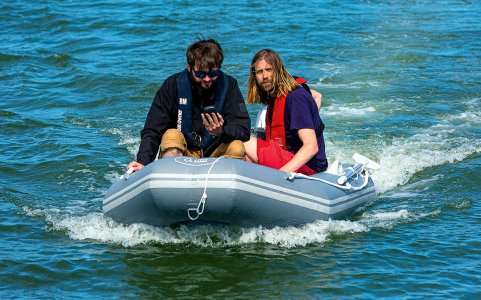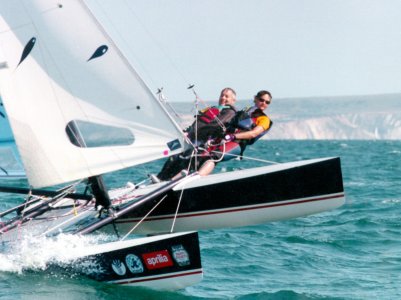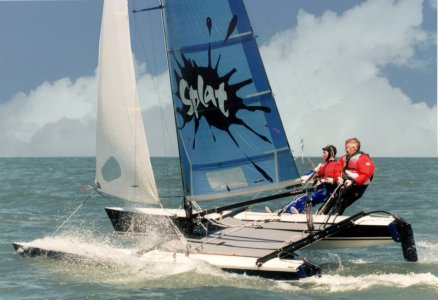ylop
Well-Known Member
Whilst some people here believe you can learn to sail from a book, or perhaps real sailors just have an inbuilt natural connection to the wind, most people learn to sail on a course rather just by giving it a go. There’s a lot of funnny bits of string and ways to get yourself in a mess which if you just learn the basic “drill” or “process” are not only less frustrating but safer too. Capsize is the risk everyone talks about - but with no training being hit by the boom in an uncontrolled gybe might be the bigger risk (as a bonus not knowing what to do with the centreboard during the gybe will increase the risk of a swim too!).We generally just want to splash out a couple of grand or so to give it a go.
I’m not trying put you off, if you enjoy learning you’ll love it. But my guess is that if after a 2 day PB2 course a newbie is ready to put a 16ff rib in the water and take it on a sensible day trip you will need more like 2 weeks training/learning to do the same trip in a dinghy unsupported.




